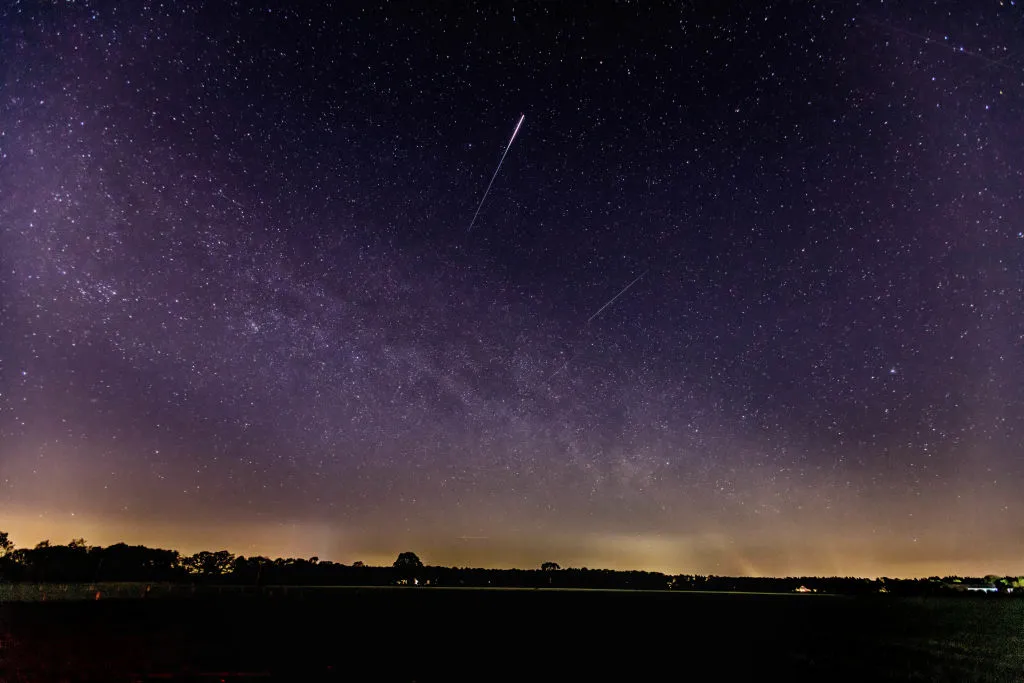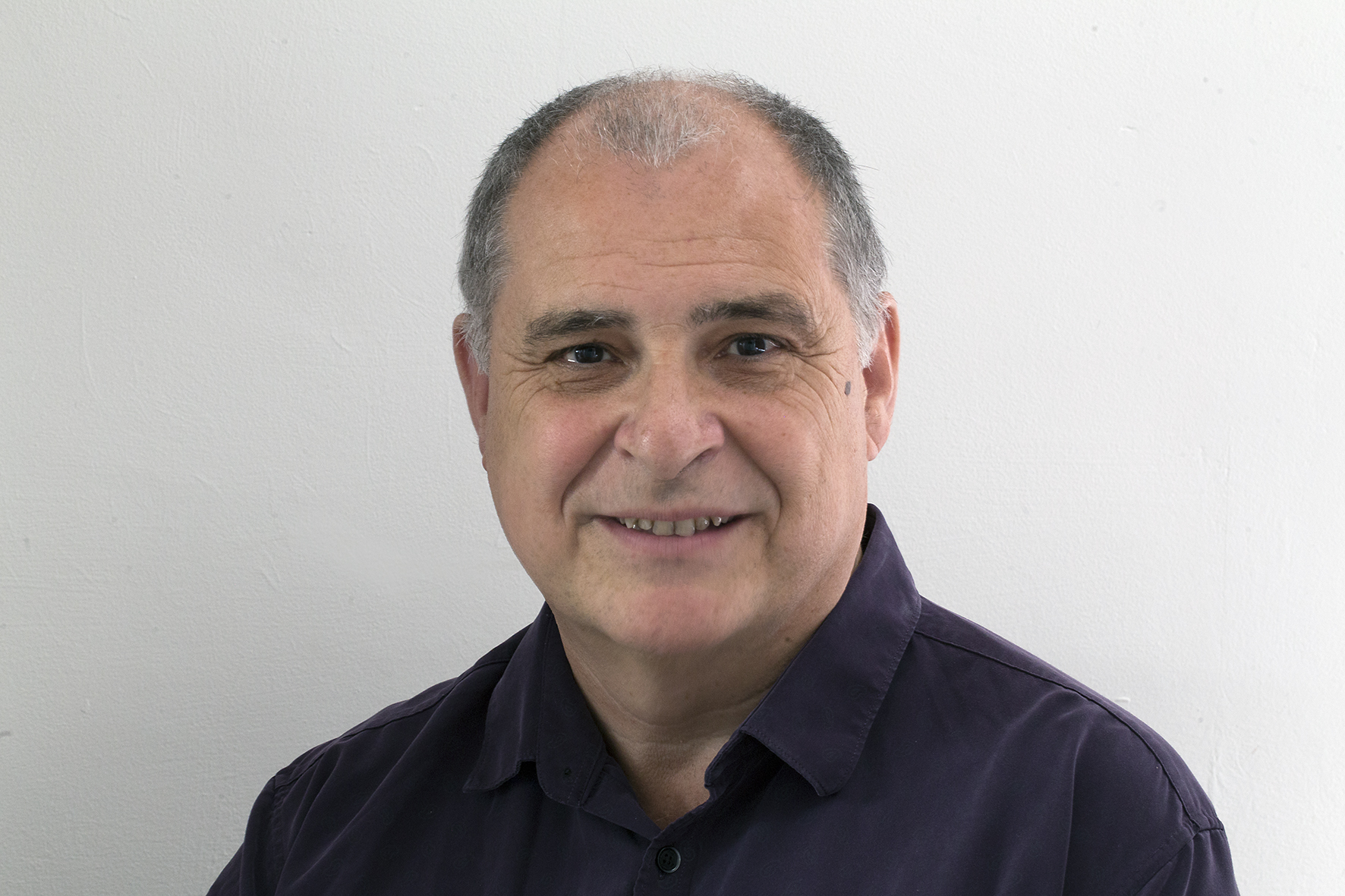The Southern Delta Aquariid shower reaches its peak around 29/30 July.
Indeed, the end of July through to the middle of August represents a time when a number of meteor showers reach their peak.
Although some have a low ZHR value, together their activity gives rise to a decent number of summer meteor trails.
Get weekly stargazing advice by signing up to our e-newsletter and subscribing to our YouTube channel

How many meteors you'll see
The Southern Delta Aquariid shower has a peak ZHR of around 25 meteors per hour which, combined with a low radiant altitude, reduces the number of potential meteors per hour to single figures.
Of course, the shower peaks when nights should be relatively warm and relatively short, giving plenty of opportunities for an all-night watch.
July is also the second main month that noctilucent cloud (NLC) displays form.
These are typically visible 90–120 minutes after sunset, low above the northwest horizon or a similar time before sunrise, low in the northeast.
Consequently, there’s great potential to maximise your night observing at the end of July, starting with an NLC watch, followed by a meteor watch and ending with another lookout for morning NLCs.

Key facts
The parent comet for the Southern Delta Aquariid shower is P/2008 Y12 (SOHO), which passes just 0.067 AU (a little over 10 million kilometres) from the Sun’s centre every 5.4 years.
Shower activity begins around 10 July and concludes around 20 August.
Over this time, the shower radiant tracks from a position just south of Deneb Algedi (Delta (δ) Capricorni) to south of the Circlet on the Aquarius–Cetus border.
At the peak, the radiant is close to mag. +3.3 Skat (Delta (δ) Aquarii).
How to observe the Southern Delta Aquariid meteor shower

The Southern Delta Aquariids (SDA) shower is active between 12 July and 23 August, reaching peak activity at the end of July, on the nights of 28/29, 29/30 and 30/31 July.
It’s well worth observing across all three dates if you can.
Peak rates typically reach a zenithal hourly rate (ZHR) of 16 meteors per hour but, as we often say, ZHRs can be misleading.
The zenithal hourly rate represents the number of meteors expected to be seen per hour under perfect viewing conditions with the shower radiant – the region of sky from where the shower meteors emanate – directly above your head.
Such conditions are rarely met and this is the case with the SDA, its radiant sited near Skat (Delta (γ) Aquarii), which doesn’t get very high from the UK.
To observe the Southern Delta Aquariid shower, find somewhere dark and sit or lie back, looking up at the sky; an altitude of 60˚ (two-thirds up from the horizon) is ideal, in any direction.
As the nights are short in July, an all-night watch still allows you to get some sleep after the session.
Fancy photographing the Southern Delta Aquariids? Read our guides on how to photograph a meteor shower and the best equipment for photographing meteors.
This guide originally appeared in the July 2025 issue of BBC Sky at Night Magazine.

